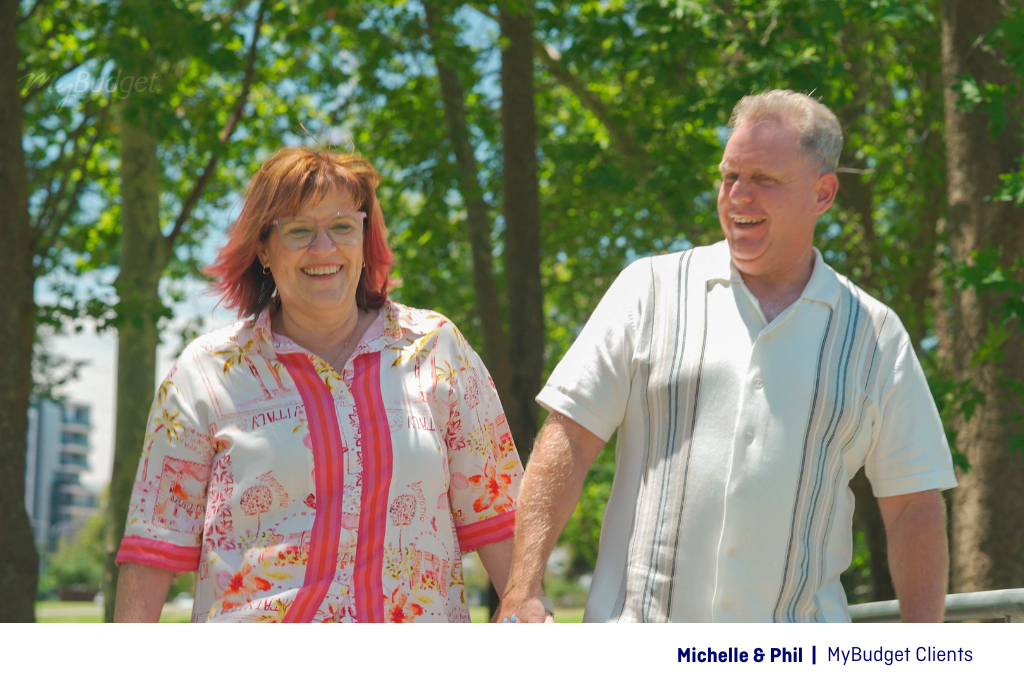Your super just got a boost (or a twist!): what the latest changes mean for your retirement
From 1 July 2025, Australians will see significant changes to superannuation that could impact their long-term retirement savings. Here are the key updates, in true MyBudget style, explained in a way that makes “super” easy to understand for everyone, and what it means for your future financial security.

Superannuation guarantee (SG) rises to 12%
Every employer must contribute a percentage of your ordinary time earnings into your super fund. From July 2025, that percentage will increase from 11.5% to 12%.
Why it matters: a 0.5% increase might not sound like much, but it adds up over time thanks to the magic of compound interest. For example, if you earn $80,000 per year, that extra 0.5% equals $400 more added to your super contributions annually, which could grow to thousands more in future earnings by retirement.
What it means for you: this is a universal win. Every eligible employee benefits from this increase, no forms to fill, no decisions to make, just more super quietly growing in the background.
Super on Paid Parental Leave: bridging the gender gap
Currently, government-funded Paid Parental Leave doesn’t include super payments. That’s about to change.
From 1 July 2025, superannuation will be paid on government parental leave.
Why it matters: women typically retire with less super than men, largely due to time taken out of the workforce for caregiving. This change helps level the playing field and support a more dignified retirement.
Eligible parents will now have super flowing into their superannuation funds during this time, helping reduce the superannuation balance threshold gap between men and women.
High balance threshold: the $3 million rule
From 1 July 2025, if your super balance exceeds $3 million, earnings above that threshold will be taxed at a higher concessional tax rate of 30% (up from the current 15%).
Who this affects: just 0.5% of Australians. But if you’re in a self-managed super fund or hold significant investment strategies within your fund, it might be worth seeking financial advice.
Why it’s controversial: some argue it’s fair to reduce tax breaks for high-income earners. Others raise concerns about taxing unrealised gains and the impact on superannuation systems like SMSFs.
Other super changes worth noting
Transfer Balance Cap will rise
The maximum you can transfer into a tax-free retirement pension account increases from $1.9 million to $2 million, helping more Australians move into the retirement phase with greater flexibility.
Super splitting gets easier
Couples will have more flexibility to split super contributions between their accounts, helping equalise balances and support long-term retirement planning.
How can MyBudget help you make the most of these super changes?
These changes may not affect your day-to-day, but they could mean a lot for your future financial situation. If retirement feels too far away or confusing to plan for, MyBudget can help you create a tailored budget that sets you up for retirement, make voluntary contributions, and get your super savings on track.
Let us take the stress out of planning for the future, because building long-term goals starts with simple, smart budgeting. Enquire online or call us today on 1300 300 922.



